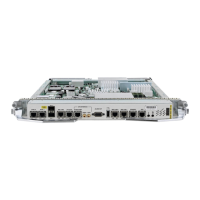Table 44: show lacp port Field Descriptions
DescriptionField
Identifies the LACP port whose information is
displayed. The port number is expressed in the
rack/slot/module/port notation.
Port
Provides information about the state of the specified
device or port. Possible flags are:
• 0—Port is not aggregatable.
• 1—Port is out of sync with peer.
• 2—Port is in sync with peer.
• 3—Port is collecting.
• 4—Port is collecting and distributing.
State
Provides information about the state of the specified
port. Possible flags are:
• A—Device is in Active mode.
• P—Device is in Passive mode.
• S—Device requests peer to send PDUs at a slow
rate.
• F—Device requests peer to send PDUs at a fast
rate.
• D—Port is using default values for partner
information.
• E—Information about partner has expired.
Flags
Port identifier, expressed in the following format:
Nxnnnn. N is the port priority, and nnnn is the port
number assigned by the sending router.
Port ID
Two-byte number associated with the specified link
and aggregator. Each port is assigned an operational
key. The ability of one port to aggregate with another
is summarized by this key. Ports which have the same
key select the same bundled interface. The system
ID, port ID and key combine to uniquely define a port
within a LACP system.
Key
System identifier. The System ID is an LACP
property of the system which is transmitted within
each LACP packet together with the details of the
link.
System-ID
Cisco ASR 9000 Series Aggregation Services Router Interface and Hardware Component Command Reference,
Release 5.3.x
657
Link Bundling Commands on the Cisco ASR 9000 Series Router
show lacp port

